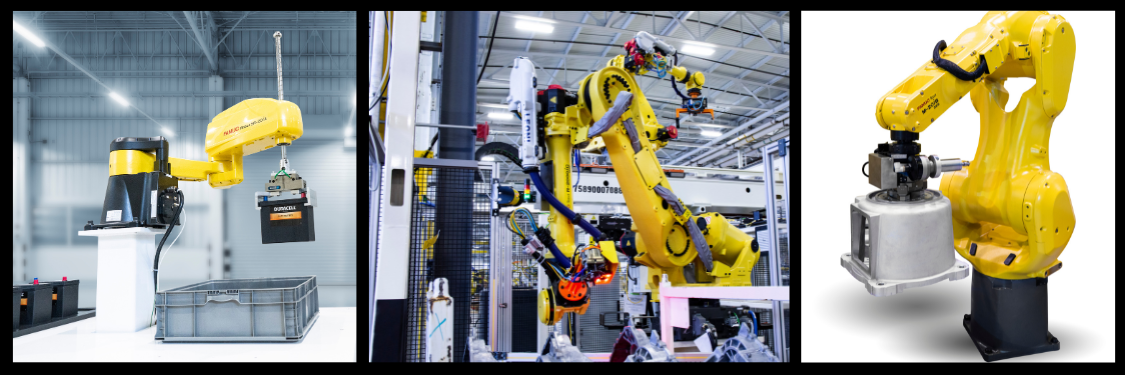Robotic arms, at central point of modern manufacturing and production, are changing the norms in a manner previously thought to be impossible to imagine. They bring accuracy, safety and efficacy. These marvels of the mechanical realm – sometimes called robot arms become essential to industries all over the world, due to the urgent necessity to reduce operating costs without compromising on quality. Robotic arms are integrating into production lines in order to reduce cost and increase safety. Let’s see how these cutting-edge machines are transforming the landscape of industrial production.

Image credit: automatedsolutions.com.au
The primary force behind the global surge in robotic arm adoption is cost efficiency. Factory owners are under constant pressure to minimize the risk of injuries at work, eliminate production mistakes, and minimize production waste. A robotic arm addresses these challenges head on. Robot arms are more accurate than human laborers when it comes to completing repetitive tasks, thus reducing cost and eliminating costly mistakes. In high-volume industries such as automotive manufacturing, robot arms guarantee flawless assembly by performing precise welding and parts placement. This accuracy can translate into significant savings, as fewer defective products means less work and less waste.
Security is another pillar of the robot arm revolution. Numerous manufacturing jobs like working with hazardous materials or using machines that are heavy pose a risk to human workers. Robot arms allow companies to remove their employees from dangerous work environments and prevent the risk of injuries at work. Robotic arms are comprised of a variety of movable joints that mimic human arm’s capabilities. They operate without the risk of injuries. They are equipped with robotic hands, or end-effectors that can be programmed. They can be used for tasks such as grasping, spinning and welding under conditions that could make it unsafe for human beings.
The range of applications for robot arms is a game changer for many industries. Robots are able to adapt to many different tasks, from automotive assembly to electronic production. Because they are programmeable, they can to perform complex operations like tending to machines or painting, as well as fiberglass application with unmatched quality and consistency. Robotic arms have transformed the palletizing process in warehouses by automating it with speed and accuracy. Automation increases productivity and security because robot arms are able to work continuously without getting tired.
One of the most intriguing innovations in this area is the development of collaborative robots or cobots, which work alongside human employees. Cobots, which are equipped with a robotic arm communicate with humans seamlessly, unlike industrial robots, which are normally restricted to cells. In a manufacturing environment cobots’ robotic arms may be capable of handling large lifting tasks or tasks that are repetitive, freeing human workers to focus on more complex responsibilities. Collaboration increases productivity and maintains a safe workplace since cobots may be programmed to alter or stop their movement when an individual is within.
The effect of robotic arms extends far beyond safety and efficacy to the very foundation of manufacturing today. The capability of robotic arms to accomplish tasks with incredible precision like welding, material handling, or assembly have made them indispensable in industries that place safety first. In the production of automobiles, for example the robot arm is able to move and position parts during assembly to ensure perfect alignment without the necessity of human intervention. In the electronics industry, robots are used to manipulate delicate components, which decreases the risk of damage and enhances the quality of output.
Robotic arms will gain importance as industries change. Since they can lower costs, improve safety, and change to meet the demands of different jobs they will become essential to the future of manufacturing. Robot arms that blend modern technology with human imagination is not just a tool and tools, but are actually partners in progress. They inspire innovations and revolutionize the way that the world is constructed.